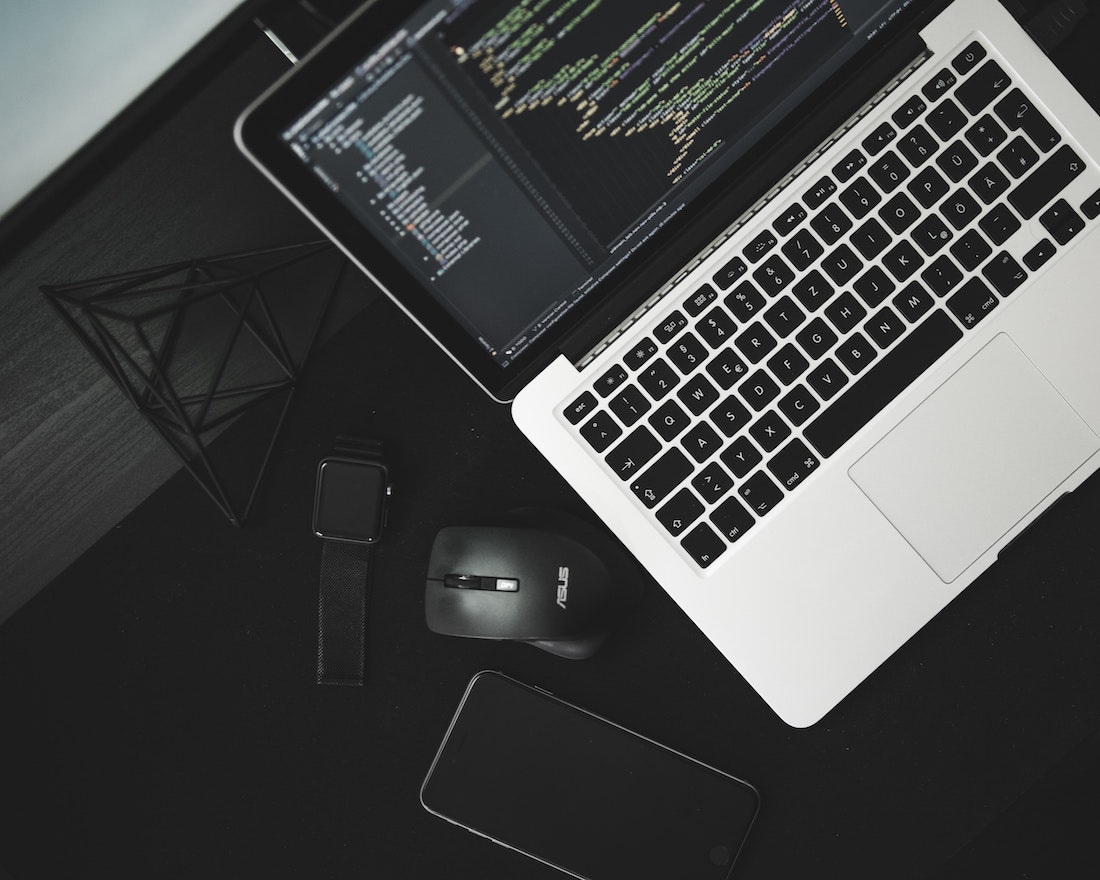Dark Mode Support in Flutter
Dark mode support has become an increasingly popular feature for mobile applications. It allows users to customize the look and feel of their apps to match their own personal preferences. Flutter, Google's open-source user interface (UI) toolkit, makes it easy to implement dark mode in your applications. In this article, we'll discuss the prerequisites, how to create a Flutter project, handle different themes in Flutter, and how to support dark mode in Flutter.

Prerequisites
Before you get started implementing dark mode support in your Flutter project, there are a few things you need to have in place. First, you'll need to have the Flutter SDK installed on your machine. Additionally, you'll need to have an understanding of the Material Design guidelines. These guidelines will help you to create a consistent design across your application.
Creating a Flutter Project
Once you have the prerequisites in place, you can create your Flutter project. To do this, open up a terminal window and run the following command:
flutter create <project_name>This will create a new Flutter project with the given name in the current directory.
Handling Different Themes in Flutter
Flutter provides a convenient way to handle different themes in your application. It uses a ThemeData class to define the colors and fonts used in the application. You can define multiple ThemeData objects, each representing a different theme. For example, you could create a lightTheme and a darkTheme object.
To switch between different themes, you can use the Theme.of(context).copyWith() method. This method takes a ThemeData object and returns a new ThemeData object with the given theme applied. You can then use this object to update the ThemeData object in your MaterialApp.
// Define the light and dark theme
final ThemeData lightTheme = ThemeData(
brightness: Brightness.light,
primaryColor: Colors.white,
accentColor: Colors.blue,
);
final ThemeData darkTheme = ThemeData(
brightness: Brightness.dark,
primaryColor: Colors.black,
accentColor: Colors.blue,
);
// Update the theme in your MaterialApp
MaterialApp(
theme: Theme.of(context).copyWith(
brightness: Brightness.dark,
),
home: MyHomePage(),
);How to Support Dark Mode in Flutter
To support dark mode in your Flutter application, you'll need to create a new ThemeData object for the dark theme. This object should define the colors and fonts that will be used when the user has enabled dark mode in their device settings.
Once you have defined the dark theme, you can use the Theme.of(context).copyWith() method to switch between the light and dark themes. You can also use the MediaQuery.of(context).platformBrightness method to determine the device's brightness and switch to the appropriate theme accordingly.
// Define the light and dark theme
final ThemeData lightTheme = ThemeData(
brightness: Brightness.light,
primaryColor: Colors.white,
accentColor: Colors.blue,
);
final ThemeData darkTheme = ThemeData(
brightness: Brightness.dark,
primaryColor: Colors.black,
accentColor: Colors.blue,
);
// Update the theme based on the device's brightness
MaterialApp(
theme: Theme.of(context).copyWith(
brightness: MediaQuery.of(context).platformBrightness,
),
home: MyHomePage(),
);Changing the Color Scheme
Once you have the dark mode theme configured, you can start customizing the colors in your application. You can use the ThemeData.colorScheme property to define a custom color scheme for your application. This color scheme will be used to determine the colors used in the application when dark mode is enabled.
For example, you could define a ColorScheme object with a dark primary color, a light secondary color, and a dark accent color:
// Define a custom color scheme
final ColorScheme colorScheme = ColorScheme(
primary: Colors.black,
secondary: Colors.white,
accent: Colors.blue,
);
// Update the theme with the custom color scheme
MaterialApp(
theme: Theme.of(context).copyWith(
colorScheme: colorScheme,
),
home: MyHomePage(),
);Saving the Color Scheme Preference
To make sure that the user's color scheme preference is remembered, you can use the SharedPreferences package to save the user's preference to the device. You can then use this preference to update the ThemeData when the application is launched.
For example, you could create a getColorScheme() method to retrieve the user's color scheme preference:
// Retrieve the user's color scheme preference
Future<ColorScheme> getColorScheme() async {
SharedPreferences prefs = await SharedPreferences.getInstance();
ColorScheme colorScheme = ColorScheme.fromJson(prefs.getString('colorScheme'));
return colorScheme;
}Then, you can use the getColorScheme() method to update the ThemeData when the application is launched:
// Update the theme with the user's color scheme preference
MaterialApp(
theme: Theme.of(context).copyWith(
colorScheme: await getColorScheme(),
),
home: MyHomePage(),
);Conclusion
Dark mode support is an increasingly popular feature for mobile applications. Flutter makes it easy to implement dark mode in your applications with its powerful ThemeData and ColorScheme classes. With a few lines of code, you can make your application support dark mode and give your users the ability to customize the look and feel of your application.